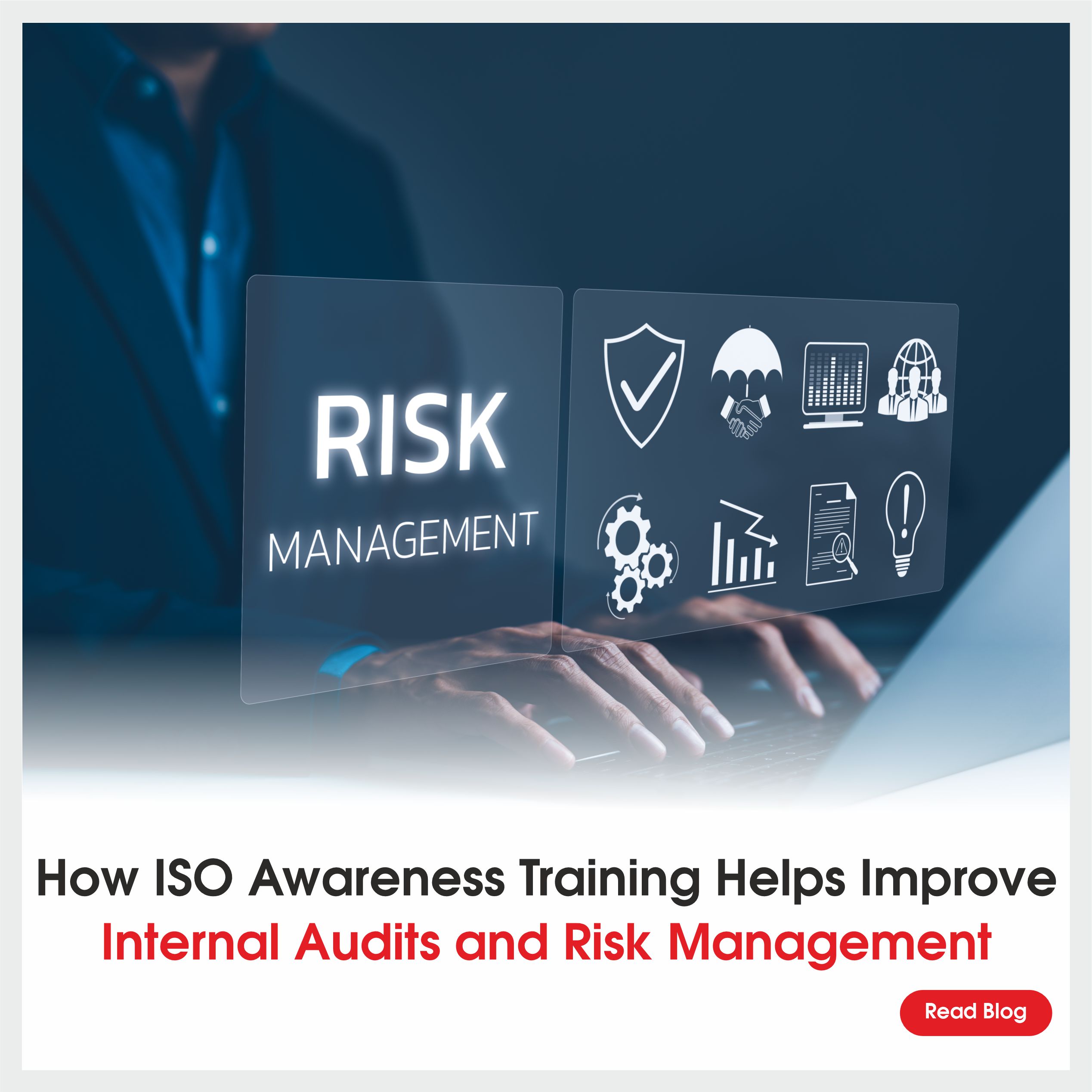HITRUST Certification
CONTACT WITH US
Introduction to HITRUST-: Definition and importance of HITRUST certification
The Health Information Trust Alliance (HITRUST) is a non-profit organization that provides data security standards and certification programs to assist enterprises in protecting sensitive information, managing information risk, and meeting regulatory objectives.
HITRUST distinguishes itself from other compliance frameworks by integrating hundreds of authoritative sources such as HIPAA, SOC 2, NIST, and ISO 27001. It is also the only standards creation body with a framework, assessment platform, and independent assurance program, all of which have contributed to widespread acceptance.
Modern healthcare information systems and medical technology rely heavily on information security. Security frameworks such as HITRUST assist in safeguarding the security of private health information and other sensitive data by making it easier for enterprises to achieve compliance.
HITRUST compliance may assist all enterprises that need to address compliance and risk management. The HITRUST CSF enhances an organization’s security by reducing the complexity, risk, and expense associated with information security management and compliance. Certification ensures that your security program is working within the confines of its original design and fulfills HITRUST requirements.
Overview of HITRUST CSF (COMMON SECURITY FRAMEWORK)
The HITRUST framework (also known as the “CSF”) offers businesses a standardized set of standards for evaluating their applications and systems.
This approach, which was originally developed for healthcare organizations and their business associates, assists organizations across a wide range of industries and their subservience organizations in adopting prescriptive requirements that span a wide range of accepted frameworks and regulations to meet industry challenges and secure and manage data.
A self-evaluation is the first step in the HITRUST CSF certification process. The company will examine every site where it generates, accesses, maintains, and exchanges PHI as part of the self-assessment process.
The company has to start the risk management process after finishing this inventory. A risk assessment and a risk analysis are necessary for risk management. The company ascertains the hazards that may affect ePHI through the risk assessment.
The organization ascertains the threat’s potential impact and likelihood of occurrence through risk analysis. The organization must decide whether to accept, transfer, mitigate, or reject the risk after completing the risk assessment and analysis. The business sets up safeguards to preserve the data if it decides to take on the risk.
Difference HITRUST VS. HIPAA
One notable contrast is that HIPAA is a government-mandated requirement enforced by the US Department of Health and Human Services. HIPAA offers regulatory principles and methods for patient data protection to covered organizations (healthcare providers, health plans, and clearinghouses) as well as business partners.
- HITRUST is a third-party compliance framework developed by industry professionals.
- HITRUST is a certifiable security framework that combines several standards, such as HIPAA, and industry best practices into a single complete framework.
Certification
- In contrast to HITRUST, you must be HIPAA compliant rather than certified. If your company follows the HIPAA-mandated procedures, there is no formal way to verify this. An audit by a third party to assess your practice’s compliance status might be a better option.
- HITRUST is a legal framework. The CSF has 49 control goals and 156 control requirements outlining how each task team should work together to achieve them. HITRUST is also more adaptable, with three degrees of compliance based on difficulty.
Noncompliance Penalties
- HIPAA Penalties can be severe, depending on the infraction.
- There are no Penalties with HITRUST unless you fail an audit and lose your HITRUST accreditation.
Implementation
- The HITRUST portal allows users to choose the certification and assurance level, complete a self-assessment, and more. In addition to designating an assessor to do an audit, the portal suggests controls. The assessor creates a report after going over the documentation, controls, and penetration testing results. For final clearance, it is reviewed by HITRUST.
- The HITRUST certification procedure typically requires a year or two to complete. Four steps typically make up the end-to-end process: gap analysis, remediation, HITRUST assessment, and validation and review. The ultimate figure is also determined by factors including the size of the company, the number of people, and the number of systems.
Advantages of implementing HITRUST certification
- After implementing a HITRUST security program and attaining certification, organizations that do not have a formal security program or a loose set of security controls will have better security requirements.
- The HITRUST CSF has a comprehensive set of security measures. HITRUST-certified organizations will find it easier to perform vendor risk assessments and pass enterprise security evaluations.
- It’s possible that you already have a client or vendor who needs a HITRUST certification before dealing with you if your company operates in the healthcare industry or is close to one. Your business will be able to fulfill existing demand and even gain a competitive edge by obtaining certification, which will also provide you more credibility with possible partners in the future.
- The HITRUST CSF is one of the most extensive and demanding frameworks available. As a result, formal certification offers businesses an in-depth view of their present security architecture, allowing them to discover and correct any possible weaknesses, as well as boost their overall posture.
- A simplified method of evaluating the inherent risk posed by third parties and approving them for commercial connections is provided by the HITRUST Third-Party Assurance Program, which may be accessed by becoming HITRUST certified. It lets you spend less on third-party evaluation—money, time, and resources.
What is the HITRUST assessment process?
Assessment Process – Define Scope
- The scope of the assessment provides context for the security controls and the people and organizations who depend on the findings.
- Organization scope identifies the locations, divisions, or businesses that are examined and protected by the controls.
- The “systems” that are examined and covered by the controls are defined as system scope.
Systems are often apps, but they may also be hardware (e.g., medical equipment) or enterprise-wide platforms (e.g., an electronic health records system). While expanding the organization and system scope will satisfy additional business partners, it also adds to the complexity.
Assessment Process – Submit to HITRUST
After completing the HITRUST CSF Assessment and any additional materials required, send them to HITRUST.
- Assessment Process – HITRUST Quality Review – infographics
- Assessment Process – Review Report
When your draft and final reports are complete, you will be contacted and will be able to download them from MyCSF.
Industries and organization that benefits from HITRUST certification
Data security and compliance have become critical for businesses of all sizes. Hitrust certification stands out in terms of guaranteeing strong data security. This accreditation not only offers a complete framework for handling and preserving sensitive information, but it also instills trust in consumers and stakeholders.
HITRUST accreditation benefits the healthcare business in particular. With the rising digitalization of patient records and the increasing threat of cyberattacks, healthcare institutions must prioritize data protection. Hitrust accreditation assists them in establishing a solid basis to secure patient information and comply with legal standards such as HIPAA.
Another business that notably benefits from Hitrust accreditation is finance. Because financial institutions manage huge volumes of sensitive client data, they must demonstrate their commitment to maintaining high levels of security and confidentiality. Obtaining Hitrust accreditation allows these companies to increase their credibility and ensure clients that their information is safeguarded.
It is not, however, confined to these two businesses. Hitrust accreditation can assist any organization that works with sensitive data. This accreditation provides a strong framework for assuring compliance with severe data protection requirements for government agencies and technology firms that handle personal information. Organizations may demonstrate their commitment to maintaining the highest degree of security controls and safeguarding sensitive information against potential threats by acquiring Hitrust certification. It not only helps to reduce risks, but it also boosts consumer trust and confidence in an increasingly digital environment where data breaches are becoming more common.
To summarize, HITRUST is widely recognized as the top structure for data security and compliance excellence across several sectors. Its extensive controls, risk-based approach, and emphasis on third-party assurance make it the go-to solution for enterprises trying to secure sensitive data in an ever-changing digital context. Businesses that achieve HITRUST certification may boost consumer trust, expedite compliance operations, gain a competitive edge, and reduce the risk of data breaches. Embrace the power of HITRUST today to safeguard your organization’s data with unrivalled proficiency.
Looking for ISO Certification or Training Services?
Join one of the India’s leading ISO certification bodies for a straightforward and cost-effective route to ISO Certifications.
LATEST NEWS & BLOGS

Common Mistakes to Avoid During ISO Lead Auditor Training
ISO Lead Auditor Training is a crucial step for professionals looking to enhance their auditing skills in ISO 9001:2015 (Quality

What Are the Key Benefits of IMS Lead Auditor Training?
In the current business environment, companies aim to uphold elevated standards in quality, environmental stewardship, and safety in the workplace.

How ISO Awareness Training Helps Improve Internal Audits and Risk Management?
SIS Certifications Pvt Ltd is delighted to announce our upcoming ISO Awareness Training event. Designed for professionals aiming to strengthen
